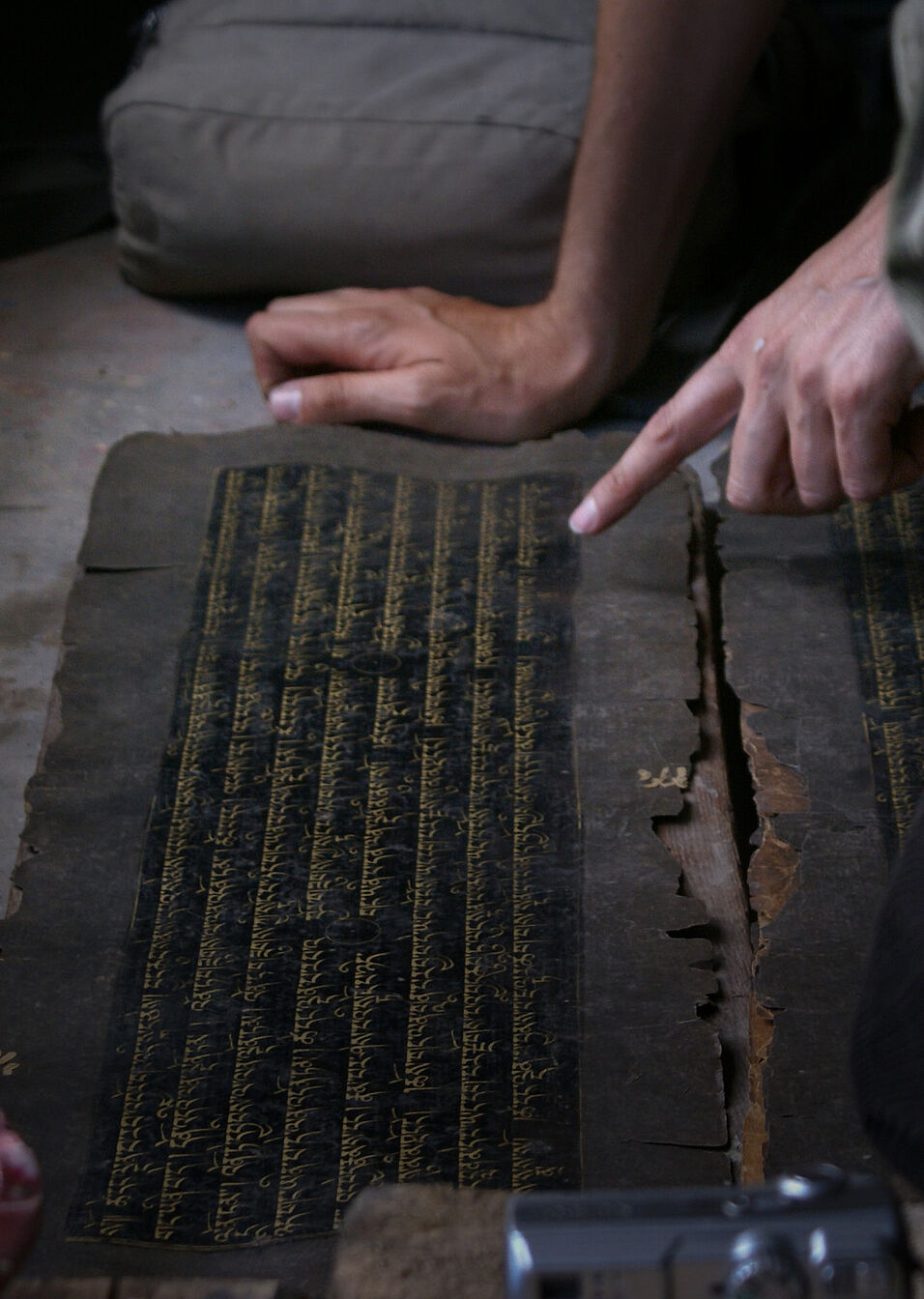Please register to participate on site: markus.viehbeck@univie.ac.at
The symposium will be streamed online. To join, please use the link below. No registration is necessary.
https://univienna.zoom.us/j/65902675696?pwd=VkFBdWpHWUdGdUFBR1pPdEh1ME8xdz09
During the last twenty years, the field of Kanjur studies changed significantly in terms of the availability of primary sources, the proliferation and combination of different methodological approaches, and the advancement of investigative techniques in each of them. This symposium aims to take stock of these developments, present and discuss new findings and problems in studying Tibetan canonical corpora, and foster exchange between the researchers involved.
While for Csoma de Kőrös, one of the founding fathers of Tibetan studies in the nineteenth century, it was possible to study “the Tibetan Kanjur” – based on the Narthang edition –, an ever-increasing number of different available Kanjurs made it necessary and possible to analyse their contents in comparison. Towards the end of the twentieth century, crucial ideas about the central relationships and basic features in the evolution of Tibetan Kanjurs were developed through the historical and philological research of Helmut Eimer, Paul Harrison, Peter Skilling, and many others.
The beginning of the twenty-first century, in turn, saw a drastic boost in the availability of Tibetan textual sources. New Kanjurs, and other canonical corpora were noted in different locations of the wider Tibetan cultural area, documented, and made accessible, also due to the establishment of large scale digital repositories by institutions like the Buddhist Digital Resource Center, Resources for Kanjur & Tanjur Studies, the Endangered Archives Programme, and others. These efforts involve issues of documentation and preservation, on the Tibetan or Himalayan ground as well as regarding their digital incarnation. The newly available source material also widened the scope of interest. While earlier research was limited mostly to Kanjurs, recent investigations started to consider other canonical collections of various sorts – Tanjurs, rnying ma rgyud ’bum, gzungs ’dus, mdo mang(s), and what is often referred to as proto-Kanjurs. Their contents and mutual relationships need to be explored, and newly discovered Kanjurs and other collections need to be fit into earlier stemmatic schemes. Also in this regard, developments in the field of digital humanities are crucial and hence must be addressed as tools to cope with the unprecedented quantity of information now available.
Further, while in the past, canonical collections were studied primarily as repositories for the texts they contained, an increasing emphasis on material aspects in the humanities (“material turn”) is also visible in the field of Tibetan studies and contributes new insights into manuscript culture. Material features of manuscripts, their paper, ink, and writing conventions, but also the social contexts of manuscript production are given more attention. The material dimension is also important for art historians who investigate illuminations, book covers, and other artistic aspects of canonical collections. Social aspects, on the other hand, are addressed by anthropologists who study how humans interact with canonical texts and how the latter are used in various types of ritual.
In order to address these developments and foster a dialogue between different disciplinary approaches in the study of Kanjurs and other canonical collections, this symposium gathers contributions within and across the following principle avenues of investigation:
- Philological Studies (including issues of translation, edition, or revision; research addressing newly noted primary sources)
- Historical Research (regarding individual collections as well as relations between different collections)
- Digital Humanities (documentation, preservation, dissemination of primary sources; digital tools for investigating textual corpora)
- Manuscript Studies (including issues of documentation and material preservation)
- Art History (addressing illuminations, book covers, etc. and relations between art and text)
- Anthropology (social dimension of canonical collections, their usage in ritual, human-manuscript relations)
As Helmut Tauscher has dedicated at least one of the many lives he is living to the documentation, preservation, and research of Kanjurs and canonical collections of various sorts, and thereby contributed immensely to the recent developments in Kanjur studies, as outlined above, it seems appropriate to dedicate this symposium to him, in honour and gratefulness to his efforts.

